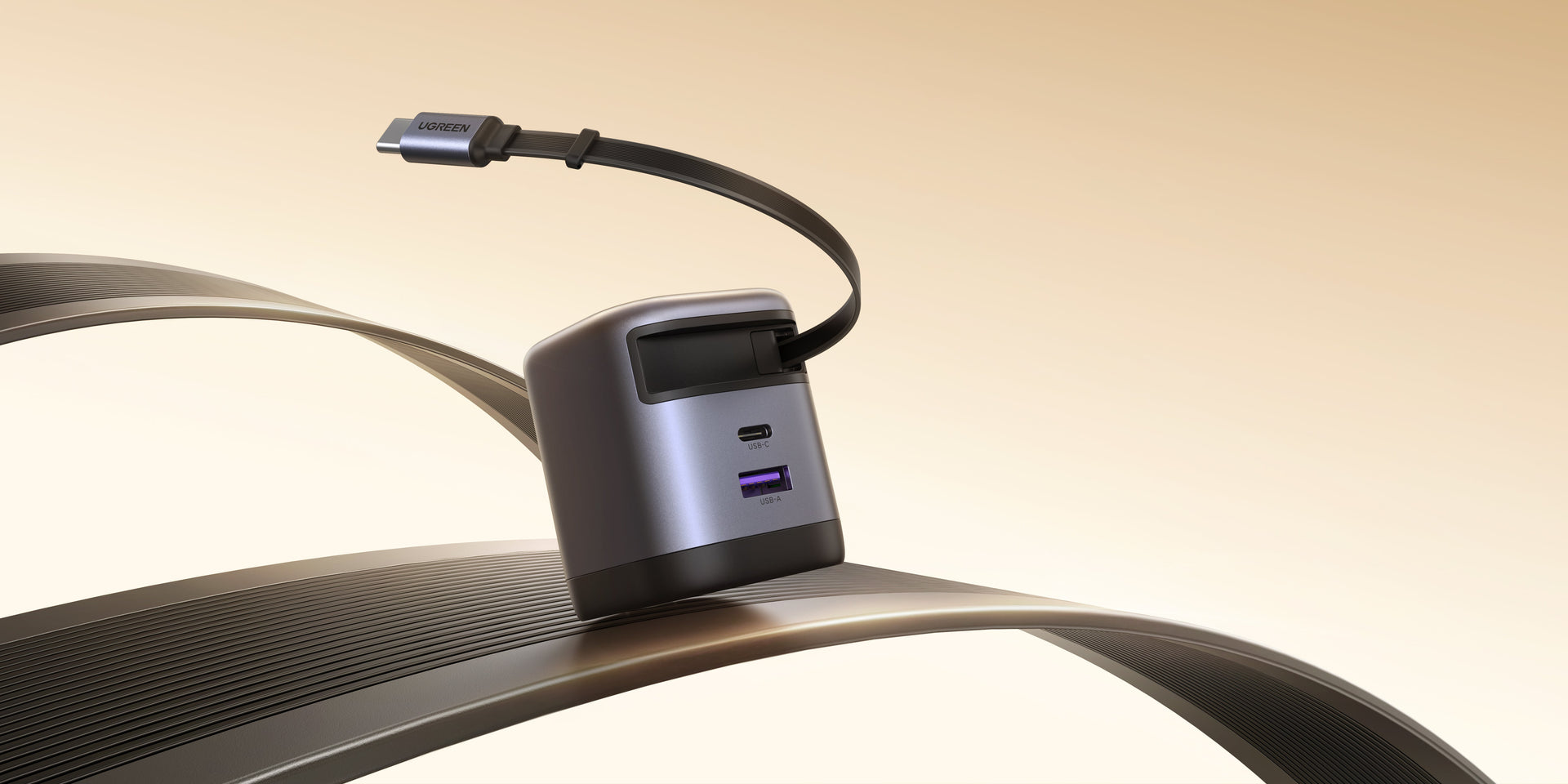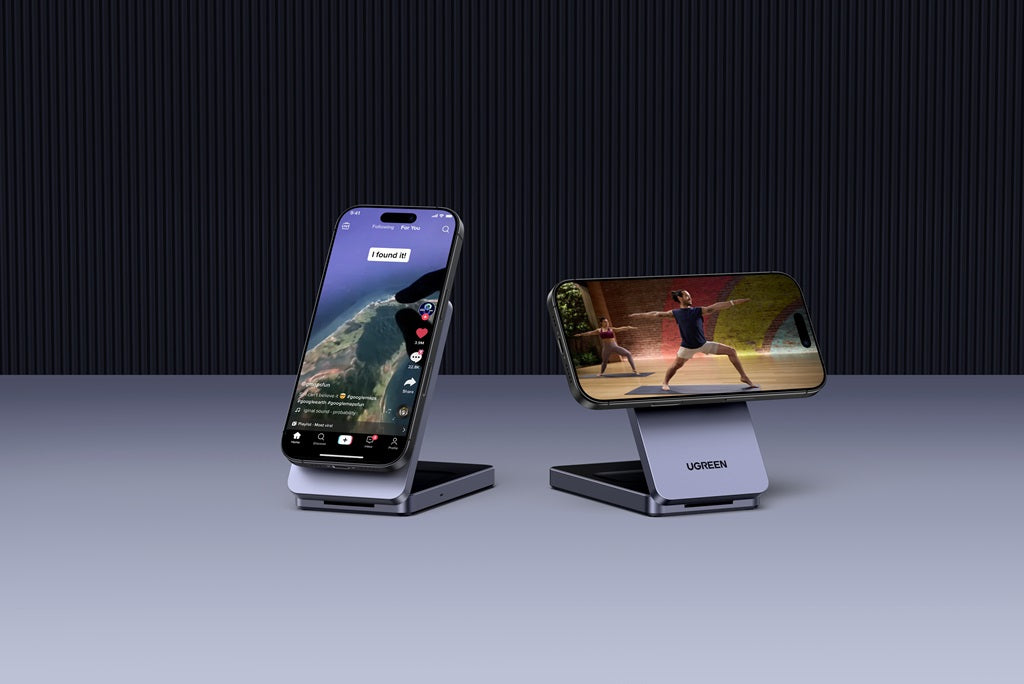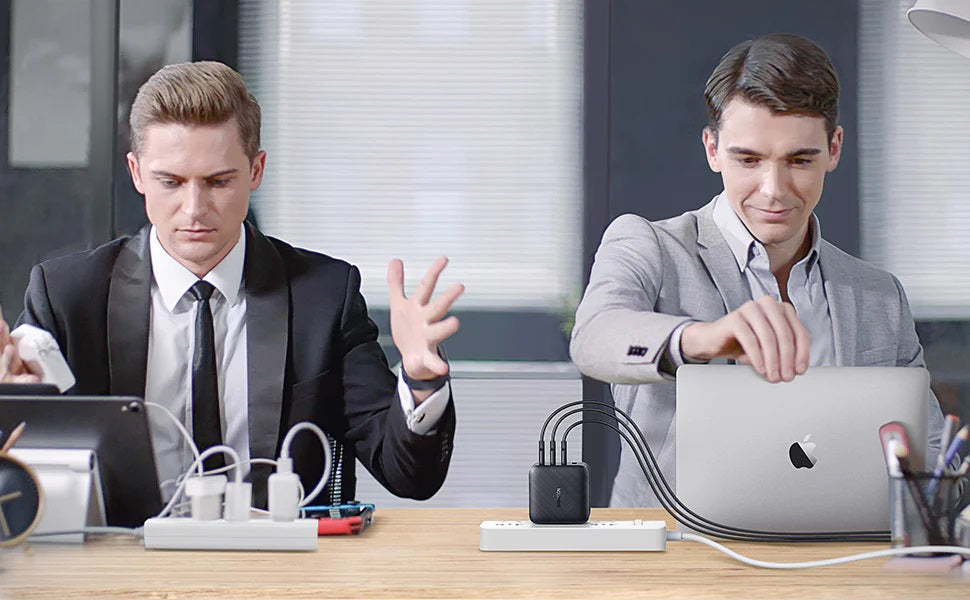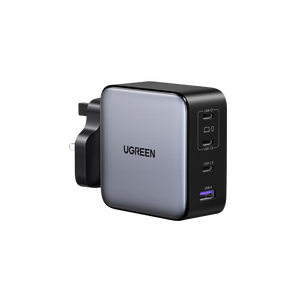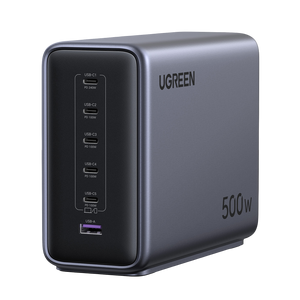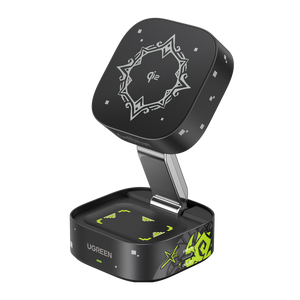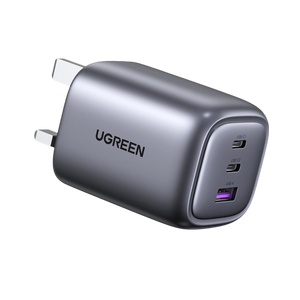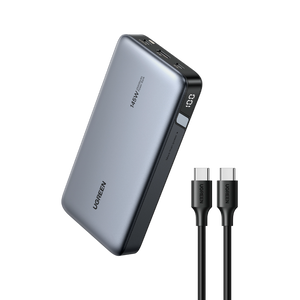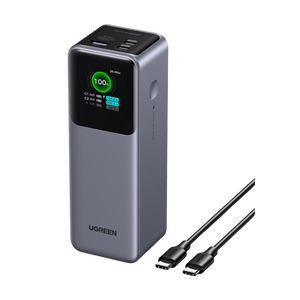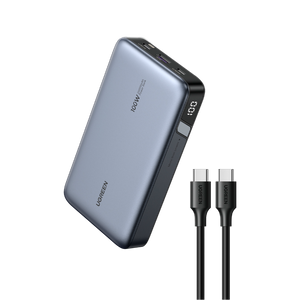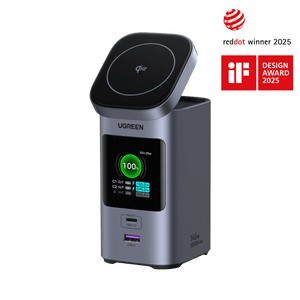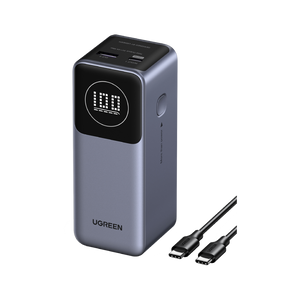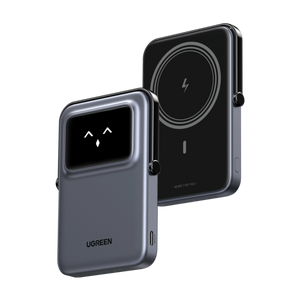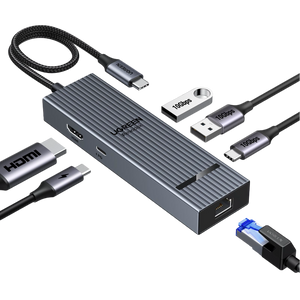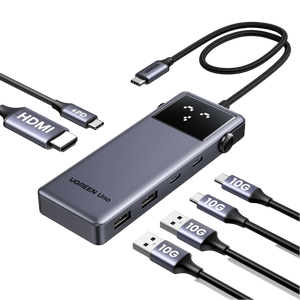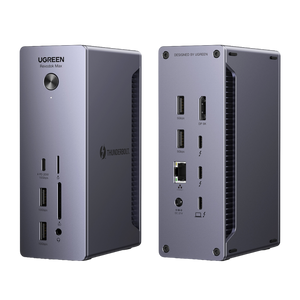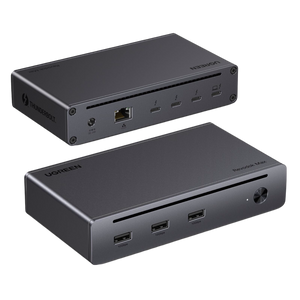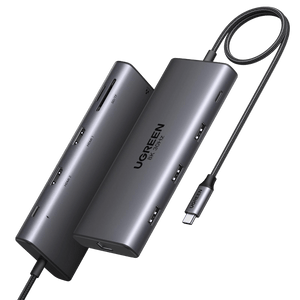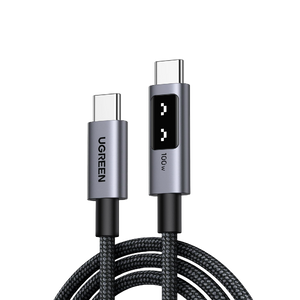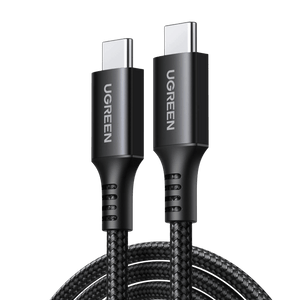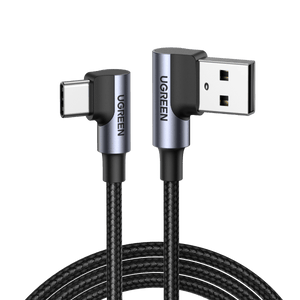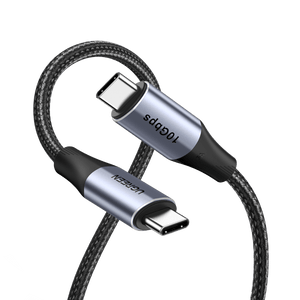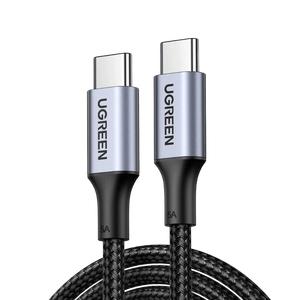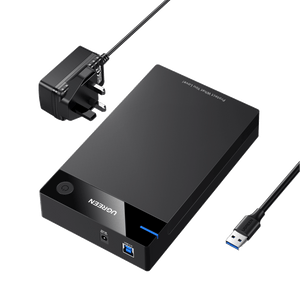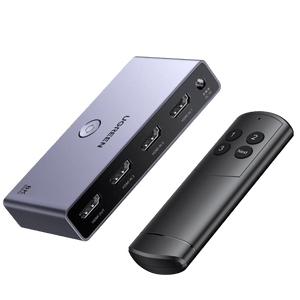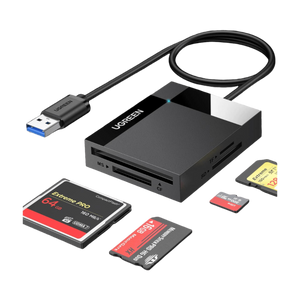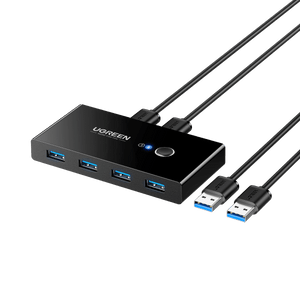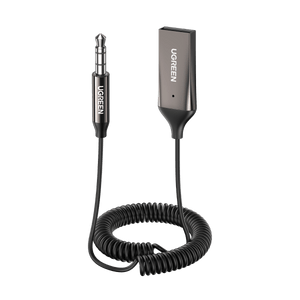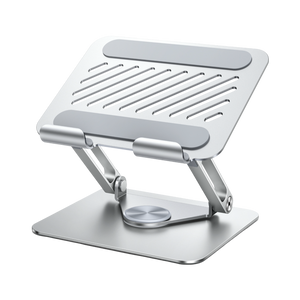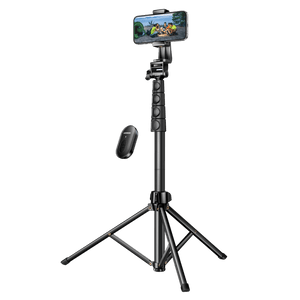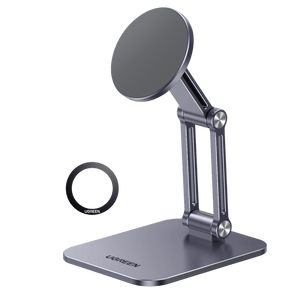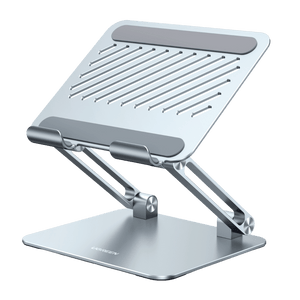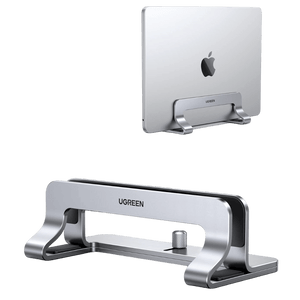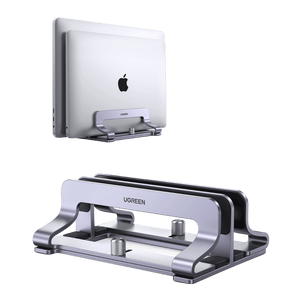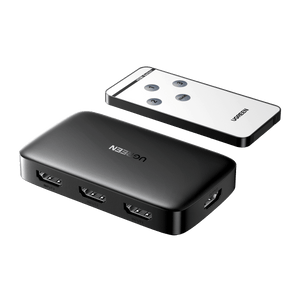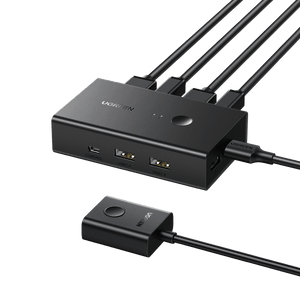What to Do if I Forget My Charging Cable While Travelling
Travelling without your charging cable can quickly become a nightmare, especially when your phone is basically your boarding pass, translator, and map. Fortunately, modern charging technology is made for these situations. From wireless charging pads on in-room nightstands to coffee shop tabletops to public power banks with built-in cables, today’s travel accessories deliver rapid, cable-free charging without stress. Additionally, some chargers combine retractable cables with rapid charging in one compact device. These aren’t just temporary fixes; they are solutions engineered for real-world travel.
In this guide, we explain what to do if I forgot your charging cable at home, with practical steps on how to borrow, rent, or even go wireless. Plus, we share tips on investing in travel-friendly gear that keeps your phone charged no matter where you go or what you left behind.
Borrow a Cable or Charger Nearby
When you’re stuck without a cable, one of the fastest and easiest solutions is to simply borrow one. This may sound obvious, but many travellers overlook this simple option in the moment. Most hotels, cafés, airport lounges, and even fellow travellers are often equipped with spare chargers and most are willing to help if asked politely.
Wireless Charging Options
Wireless charging is among the most travel-friendly technologies today. You may not be out of luck if you have forgotten your charging cable at home because most public places now have wireless charging, and most smartphones and accessories are designed to make the most out of the same.
Use Wireless Charging Pads in Public Places
Take a look around the next time you sit down at a hotel lobby lounge or airport café table; you might see a round charging pad built into the surface. Those pads typically use Qi wireless charging standard, making them compatible with most newer smartphones that support wireless charging. Some of the latest installations may even feature MagSafe-enhanced pads that align magnetically with iPhones for quicker charging.
Common locations are:
- Hotel nightstand or desk
- Airport terminals and business lounges
- Coffee shops and co-working spaces
To use them, just align the back of your phone with the pad; no cable is required. Charging prices fluctuate, but these pads are convenient for a quick top-up as you wait for your flight or get a coffee.

Use Portable Magnetic Wireless Power Banks
If you don’t see a public pad anywhere near you, a portable magnetic wireless power bank is a great backup to have on yourself. Devices like MagSafe battery packs are quite easy to use. All you need to do is attach your phone magnetically to the back of a compatible phone until you hear that snap, and it will start charging instantly. Even though this device was created strictly for Apple users, Android users can still mimic the functionality of a MagSafe device with a compatible case or magnetic ring.
These battery packs are:
- Compact and travel-ready
- Great for hands-free charging in your pocket or bag
- A solid emergency option when you’re out and about
Compatible Devices (Qi and MagSafe)
Below is a summary of major smartphones that support wireless charging using Qi or MagSafe standards:
| Charging Type | Compatible Devices |
|---|---|
| Qi Wireless Charging | iPhone 8 and later models, Samsung Galaxy S6 and Google Pixel 5 and later models, Huawei Mate 20 Pro, P30 Pro, and other flagship models |
| MagSafe Charging | iPhone 12/13/14/15 series (including mini, Pro, and Pro Max variants), Android phones with MagSafe-compatible cases or magnetic ring accessories |
Key Wireless Charging Points
Wireless charging offers convenience but has some unique characteristics:
- Efficiency: Qi chargers are 5W–15W. MagSafe charges up to 15W for iPhones.
- Alignment: Misaligned coils or thick cases ruin the charging.
- Speed: Wireless charging takes longer than wired, but perfect for light use and travel top-ups.

Rent a Shared Power Bank (Typically Comes with Built-in Cables)
If you’ve accidentally left your charging cable at home on a trip, don’t worry; shared power bank kiosks are here to help. These kiosks are located in airports, train stations, shopping centres, and even cafes, allowing you to easily rent a portable power bank immediately. They’re generally pre-equipped with three built-in varieties of cables: USB-C, Lightning, and Micro USB, accommodating nearly all available smartphones.
You can typically access these rentals through an app or QR code. Once verified, you’ll be free to pick up a power bank and head on your way. Most services are “pick-up here, drop-off anywhere,” meaning you can drop off the power bank at another kiosk along the way to your destination.
Pricing is generally per hour or a daily rate. While the costs are reasonable, it’s important to return the device on schedule. Exceeding your rental window may attract late fees or replacement charges if it’s not returned after some days. Some networks offer purchase plans that allow you to convert your rental into a purchase within a specific time frame.
The best thing about these shared units is their built-in cable design, with no extra cords required. So you never have to worry about losing a connector. It’s a plug-and-go that works for almost any traveller.
Buy a Power Bank or Charger with a Built-in Cable
If you’ve ever arrived somewhere only to realize your charging cable didn’t make the trip with you, you know how frustrating it can be. Power banks or chargers with built-in cables offer a simple, hassle-free solution: everything you need in one convenient portable package.
These chargers are particularly handy for people who are constantly on the move, navigating different environments, such as boarding gates and train stations. Where the last thing you need to be doing is fishing around your bag for a loose cable. With built-in or retractable cables, the charger is always ready at a moment’s notice, wherever you are.

What to Look for in a Charger with a Built-in Cable
A good travel charger can do more than just replace your forgotten cable. Look for the following:
- Multi-device support (phones, tablets, earbuds)
- Emergency fast-charging functionality
- High-capacity batteries that won’t die during transit
- Convenient display features to check charging at a glance
- Reliable safety protections so you can leave devices charging without worry
Ideal Travel Solution
One noteworthy example is the UGREEN Nexode 65W Charger with Retractable USB-C Cable. It’s a compact solution that brings together speed, intelligence, and simplicity. With fast charging up to 65W and an integrated adjustable cable, it can handle everything from smartphones to laptops. What sets it apart is the smart display that shows real-time power flow and charging status, allowing you to monitor battery levels easily. Additionally, it also supports a wide range of charging protocols, so you are not limited to one device or brand.

Ultimately, a charger like this is more than a backup. It is a travel essential that removes stress from your packing list and delivers exactly what you need when you need it most.
{{UGPRODUCT}}
Other Emergency Charging Solutions
When you’re in the wild or travelling through remote terrain, traditional charging options may not be viable. In these situations, alternative, field-tested solutions become essential. These methods don’t just fill gaps but also serve as power lifelines.
DIY Emergency Charging Methods
Improvised charging setups can save the day when all else fails. One common method is using four AA batteries wired in series with a basic voltage regulator (like LM7805) to step down the voltage for safe USB output. With a USB breakout board and basic soldering or battery clips, it’s possible to charge low-draw devices in emergencies. While not ideal for sustained charging, it can offer just enough power to turn on your phone and send a message. It’s important to be mindful of proper polarity and the risk of overheating. This option is best suited for those with some electrical experience or access to an electronics repair shop.
Car-Based Charging During Road Travel
While on road travel, one of the most practical sources of power is your vehicle. The 12V socket is often underused and can accommodate a variety of car USB chargers, including those that support QuickCharge or PD fast charging standards. Pair this with a multi-port car charger, and you can charge two or three devices at once, which is ideal for family road trips. For long hauls, a power inverter converts 12V DC into 220V AC, which means you can plug in standard wall chargers.
Solar and Hand-Crank Solutions
Solar chargers are a popular choice for extended stays in the wilderness. Foldable versions with 10–28W ratings can charge phones or power banks directly via USB, provided sunlight is consistent. Keep in mind that solar efficiency drops during cloudy days or winter months. Hand-crank chargers fill the gap during low-light or stormy conditions. Models with built-in LED flashlights and radios are particularly useful for campers or emergency kits. Power from cranks is sluggish but sufficient to make SOS calls or look at navigation apps when it matters.
Preventive Measures and Organization Hints Prior to Travelling
The easiest way to avoid charging headaches while travelling is through proper preparation.
Packing Checklist for Travel Electronics
Before you pack your suitcase, create a customized checklist that matches your devices with their power needs. Here’s what to include:
- Primary charger for your laptop or phone
- Spare charging cable (in case of damage or loss)
- Power bank, preferably high-capacity or airline-approved
- Universal power adapter, especially if going abroad
- Device-specific cables, like for e-readers, headphones, or cameras
Tip: Match each item with its type of connector (USB-C, Lightning, or Micro USB) to ensure nothing gets lost.
Tips for Organizing Charging Cables and Accessories
Cables can become tangled, frayed, or broken if they are left loose in your backpack. Organise your gear by using tiny storage pouches, cable wraps, or tech organizers with elastic loops and mesh pockets. For heavy users, modular cases with adjustable dividers are ideal. Label your cables or use colour-coded tags on several similar-looking cables. This hack saves you time, especially when sharing outlets or charging several devices overnight.
To save even more space, choose built-in cable gear. This UGREEN Nexode Power Bank 20000mAh 165W with retractable USB-C cable is a great space-saver when travelling light. It can handle the charging needs of phones, tablets, and even laptops without requiring separate cords.

The Importance of Backup Charging Cables and Power Banks
Don’t rely on a single cable or charger, especially when travelling abroad or on multi-stop flights. Your backup doesn’t need to be bulky. A credit-card-sized power bank or a trim USB-C cable can be a lifeline in the event that your primary equipment is lost or damaged.
Conclusion
Forgetting your charging cable doesn’t have to disrupt your trip if you’re prepared or know where to find alternatives. Today’s technology provides various options for cable-free charging, such as borrowing, rentals, wireless pads, and smart power banks. Planning ahead with organised gear and reliable backups, like those from UGREEN, can save time, space, and stress. Whether in a café, car, or campsite, staying charged is easier than ever. The secret is being aware of your choices and packing intelligently beforehand.


